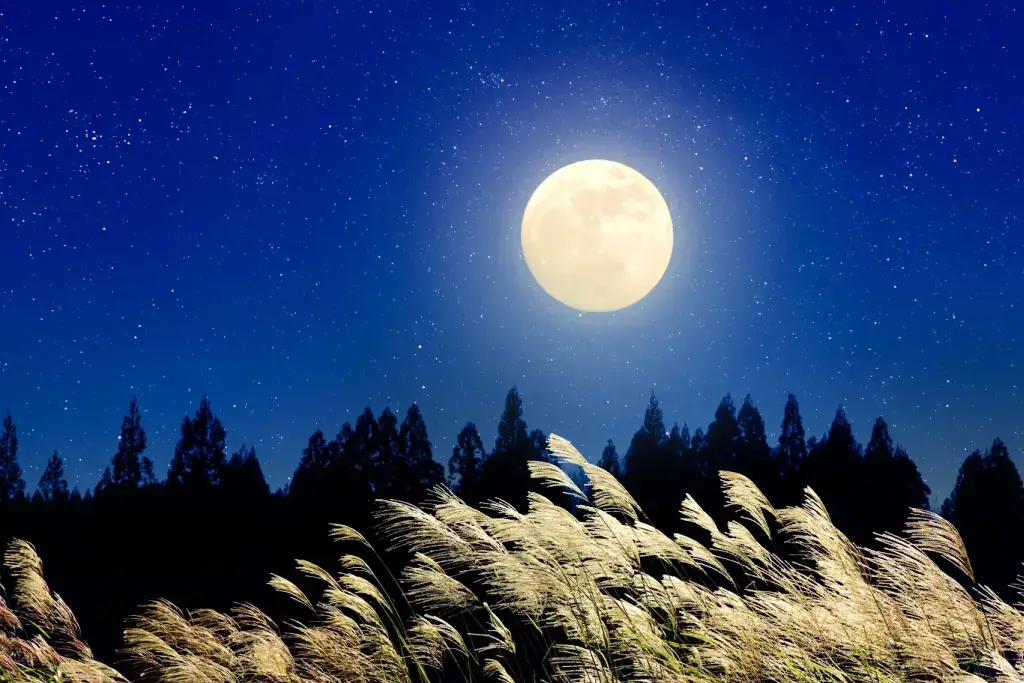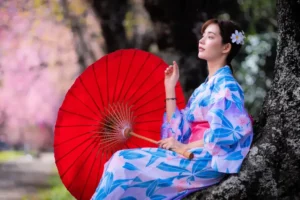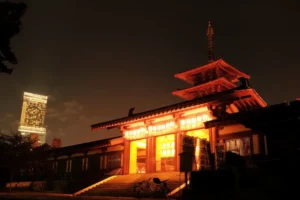The tsukimi season casts an enchanting aura over Japan each autumn when the full moon reaches its brilliance. During this time, a centuries-old cultural tradition unfolds as families and communities gather to admire the moon’s ethereal beauty glowing radiantly in the night sky. Here’s everything you need to know about it!
What is tsukimi?
Tsukimi is a fun event in Japan that happens every year when the full moon looks super bright and beautiful in the autumn sky. People hang out with family and friends, enjoy the outdoors, and eat special seasonal snacks. When it gets cooler after a hot summer, everyone likes to go outside, maybe to a garden or a balcony, to check out the big, bright moon. It looks fantastic when its light reflects on water, like in a pond or a lake.
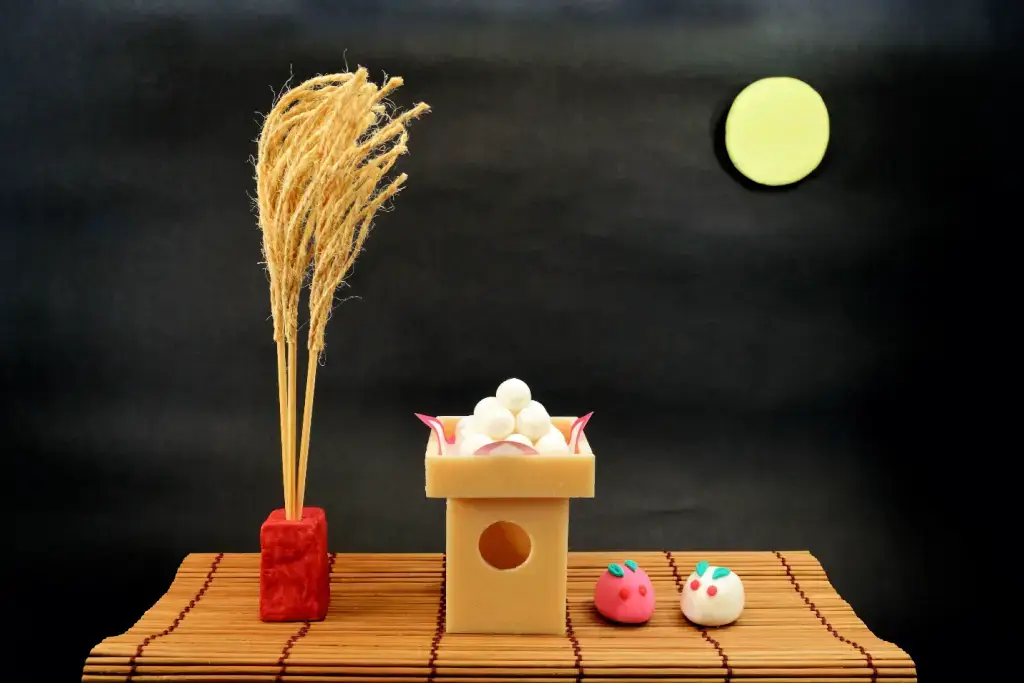
This celebration started a long, long time ago in Japan. Back then, the moon was important for farming and some of the things people believed in. Farmers would thank the moon for helping them grow food by praying and making unique offerings. Over time, Tsukimi became a more fun party with its unique customs.
What is the mid-autumn festival like today?
One of the most extraordinary things about this festival is making tsukimi dango. These tasty little balls made from rice flour are arranged on plates to resemble the full moon. Like the moon, they usually make them white and sometimes stick them on bamboo sticks. Sake, an alcoholic rice drink, is also a big part of tsukimi. Everyone sits around, drinks sake, eats yummy autumn foods and enjoys looking at the moon. Sometimes, they even recite poems or sing songs about the moon, which makes everything feel extra special.
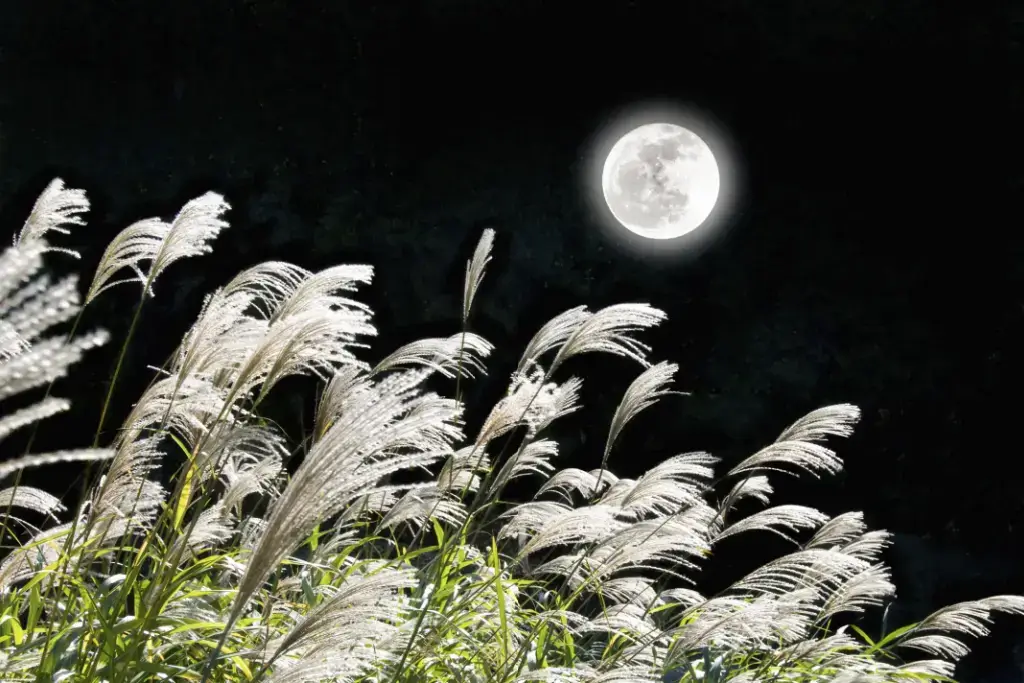
Lately, tsukimi has taken on some new twists, like parties in the city or special events at restaurants and hotels. But the heart of it is still the same—it’s a time to chill, enjoy the beauty around us, and have a great time with people we care about. Tsukimi is a beautiful reminder for everyone in Japan to take a break, enjoy the little things, and make happy memories with friends and family. It’s a tradition that links the past with today and thrives for future generations.
Are you looking for amazing snacks for September? Check out Sakuraco! Sakuraco delivers traditional Japanese snacks, teas, sweets, and snacks from local Japanese makers directly to your door so you can enjoy a taste of Japan anywhere!
What are some popular foods people eat during the autumn season?
Hatomugi, peanuts, Mont Blanc, and tsukimi dango are all beloved autumn delicacies in Japan. Hatomugi, or pearl barley, lends its nutty flavor to savory dishes like hatomugi gohan during the fall season. Peanuts, roasted and sold by street vendors, fill the crisp autumn air with their warm, comforting aroma.
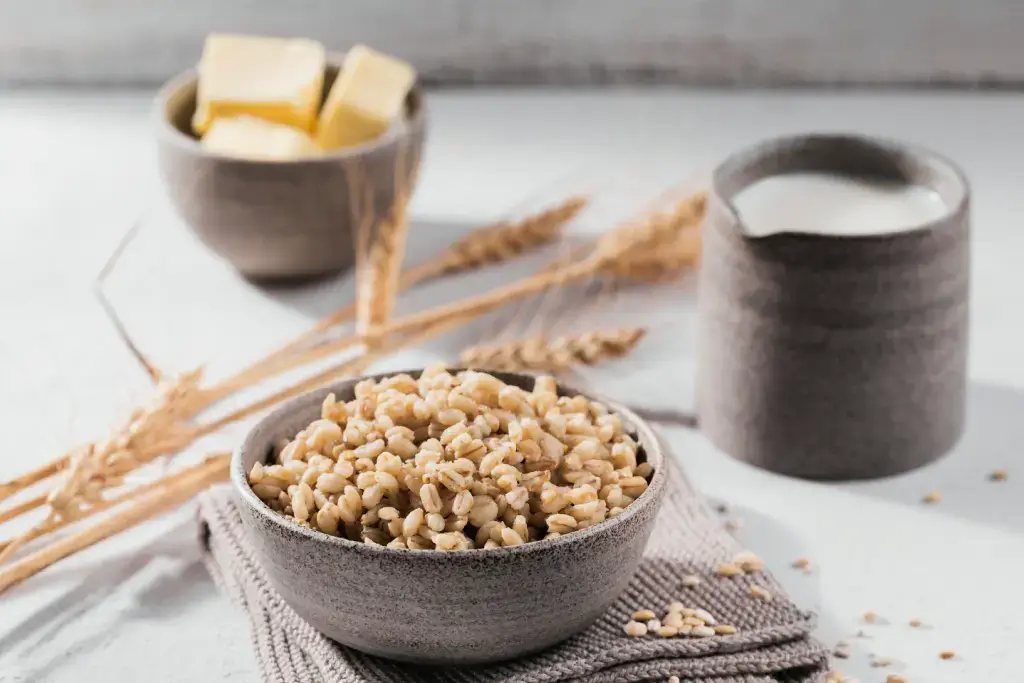
The decadent Mont Blanc dessert is also made with sweetened chestnut puree and whipped cream, which celebrates the seasonal chestnut harvest. Moreover, the chestnut puree is piped into a mound resembling the famous Mont Blanc mountain, often garnished with a candied chestnut on top. It’s just one of many autumn desserts that people enjoy in Japan.
Finally, there’s tsukimi dango, small round dumplings made from rice flour. These dumplings are an integral part of the tsukimi (moon-viewing) festival celebrated during the autumn full moon. These dumplings resemble the full moon and are enjoyed while admiring the moon’s radiant glow alongside seasonal treats like taro, chestnuts, and persimmons.
How do I make tsukimi dango?
To make the iconic tsukimi dango, the rice flour dumplings enjoyed during Japan’s moon-viewing festival, you’ll need 1 cup of rice flour, 1/4 cup of sugar, 1/2 cup of water, and food coloring if you want to add color. You’ll also need kinako (roasted soybean flour) and sugar for the coating.
Begin by combining the rice flour and sugar in a small saucepan. Gradually whisk in the water until a smooth batter forms. If using food coloring, mix it in at this stage. Place the saucepan over medium heat and cook the batter, stirring constantly, until it thickens and forms a dough-like consistency. Remove from heat and transfer the dough to a clean surface dusted with rice flour.
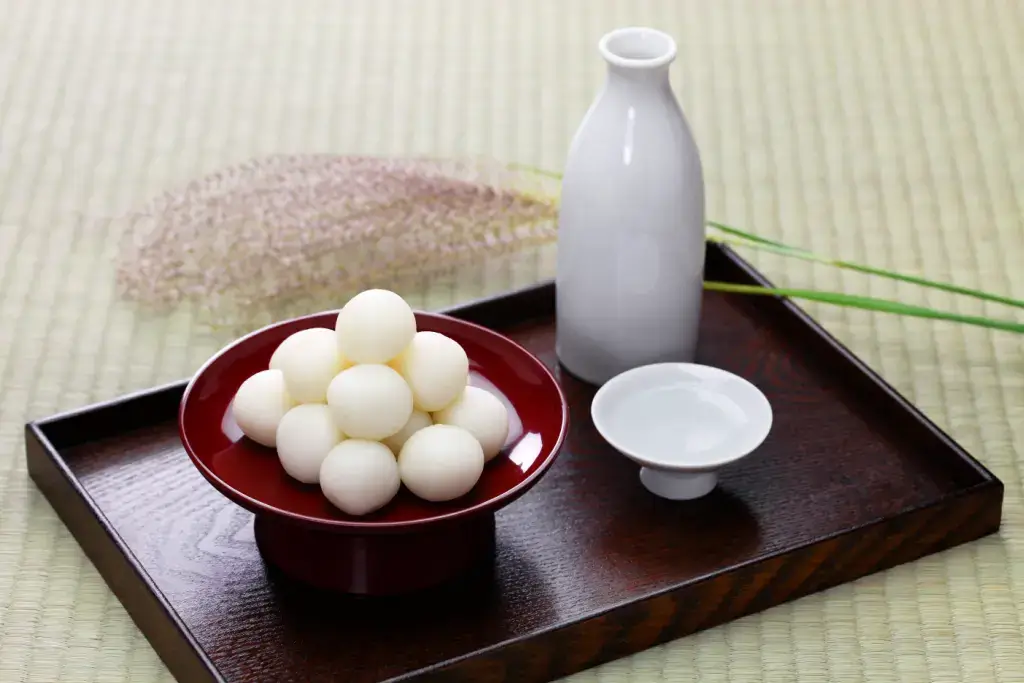
Once the dough is cool enough to handle, knead it gently until smooth and pliable. Divide the dough into equal portions and roll each into a ball about the size of a golf ball. Bring a large pot of water to a boil and gently drop the dango balls in, cooking for five to seven minutes until they float to the surface. Remove with a slotted spoon and transfer to an ice water bath to stop the cooking. Drain the dango and pat them dry. In a shallow dish, mix kinako and sugar in a 1:1 ratio. Roll the dango in this mixture to coat them evenly.
To serve, arrange the dango on a plate or skewer them onto bamboo sticks. Traditionally, they are arranged to resemble the full moon, with an odd number representing its imperfections. Tsukimi dango can be enjoyed alone or with seasonal treats like taro and chestnuts, an authentic celebration of the autumn moon.
Why is the tsukimi season important?
Tsukimi is important because it brings people together, allowing them to spend quality time with family and friends, creating lasting memories, and strengthening relationships. In today’s digital age of decreasing face-to-face interactions, it offers a chance to disconnect from screens and reconnect with loved ones.
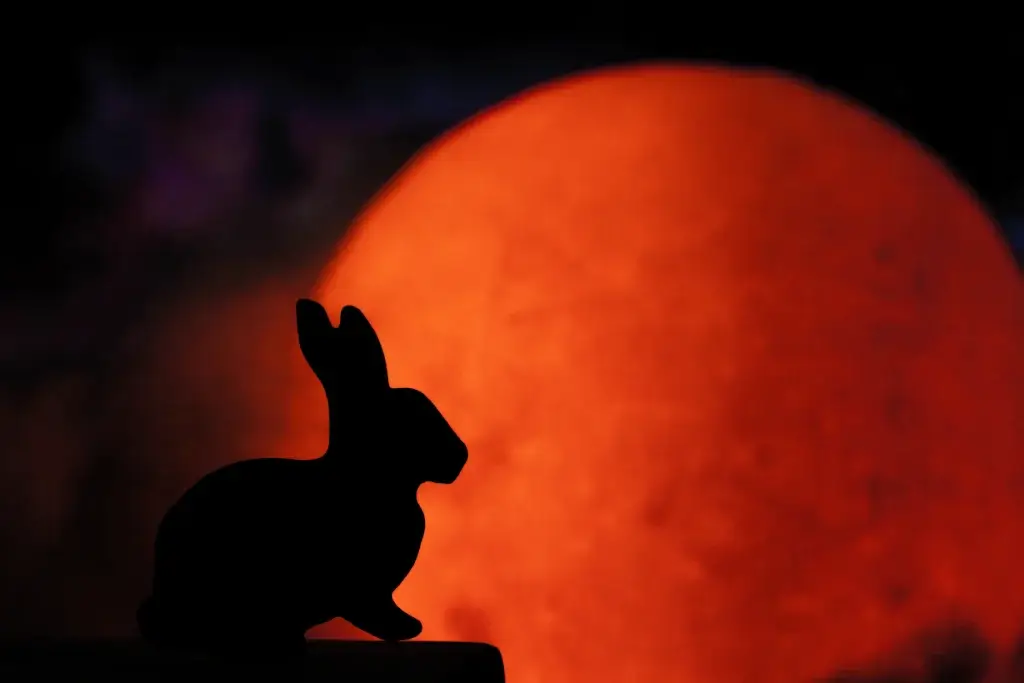
The act of moon-viewing encourages mindfulness and presence in the moment. Gazing at the radiant moon may help you release stress and attune to the present. Because of this, tsukimi serves as a reminder to practice mindfulness and appreciate the surrounding beauty. Have you ever celebrated it before? Let us know in the comment below!


